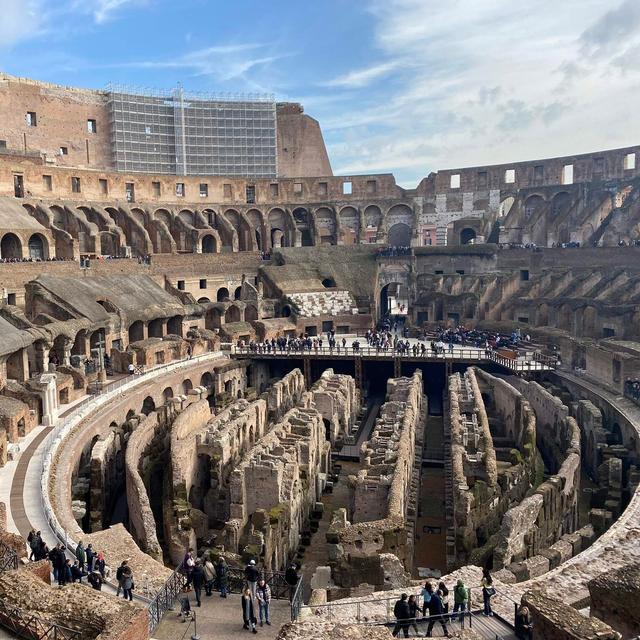
Rome wasn't built in a day, but they sure had strong concrete
Mar 06, 2023•13 min•Ep. 861
Episode description
The Roman Colosseum is a giant, oval amphitheater built almost two thousand years ago. Despite its age and a 14th century earthquake that knocked down the south side of the colosseum, most of the 150-some foot building is still standing. Like many ancient Roman structures, parts of it were constructed using a specific type of concrete. Scientists and engineers have long suspected a key to these buildings' durability is their use of this Roman concrete. But exactly how this sturdy concrete has contributed to the architecture's strength has been a mystery to researchers across the globe.
A team of interdisciplinary researchers have recently discovered one answer to why these ancient Roman buildings have weathered the test of time — while many modern, concrete structures seem to crumble after a few decades.
The answer: self-healing concrete.
Curious about other new discoveries or potential climate solutions scientists are researching? Email us at [email protected].
Learn more about sponsor message choices: podcastchoices.com/adchoices
NPR Privacy Policy
A team of interdisciplinary researchers have recently discovered one answer to why these ancient Roman buildings have weathered the test of time — while many modern, concrete structures seem to crumble after a few decades.
The answer: self-healing concrete.
Curious about other new discoveries or potential climate solutions scientists are researching? Email us at [email protected].
Learn more about sponsor message choices: podcastchoices.com/adchoices
NPR Privacy Policy
For the best experience, listen in Metacast app for iOS or Android
Open in Metacast